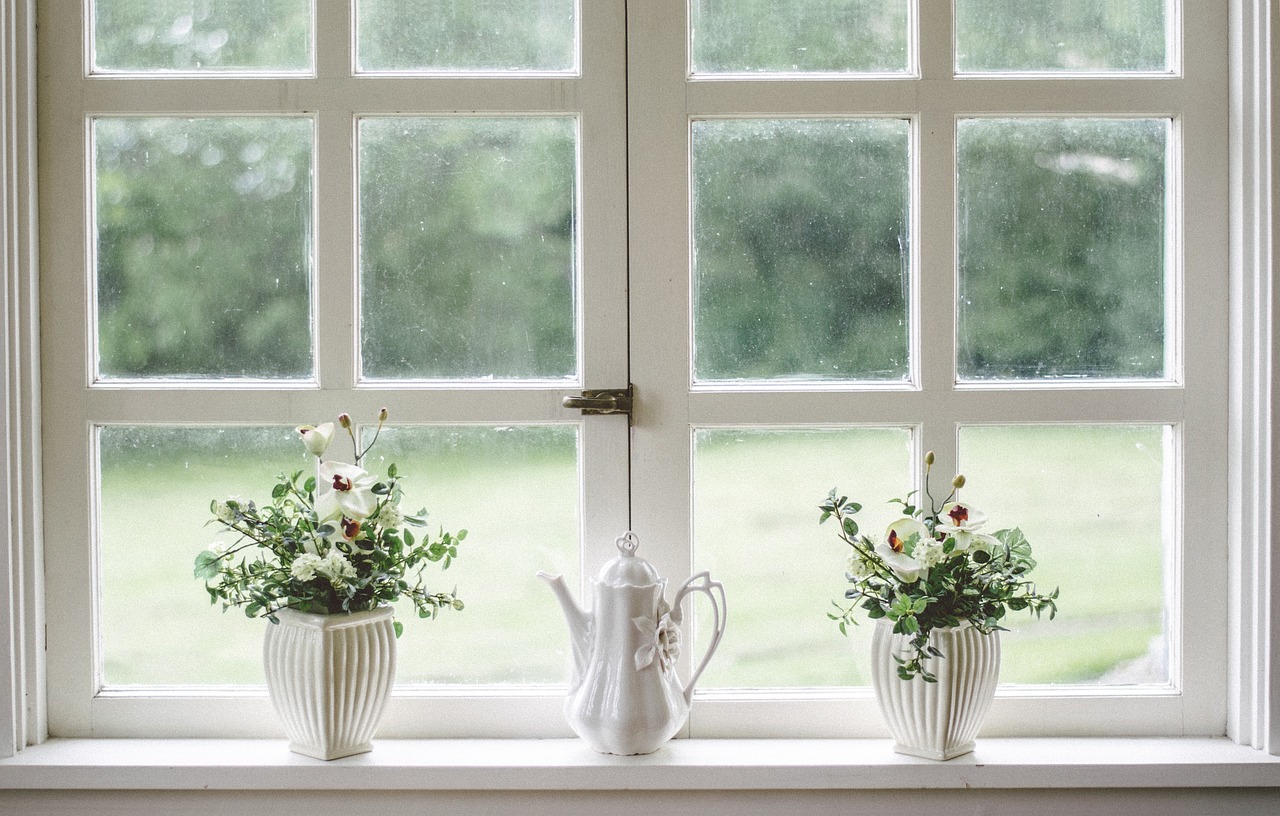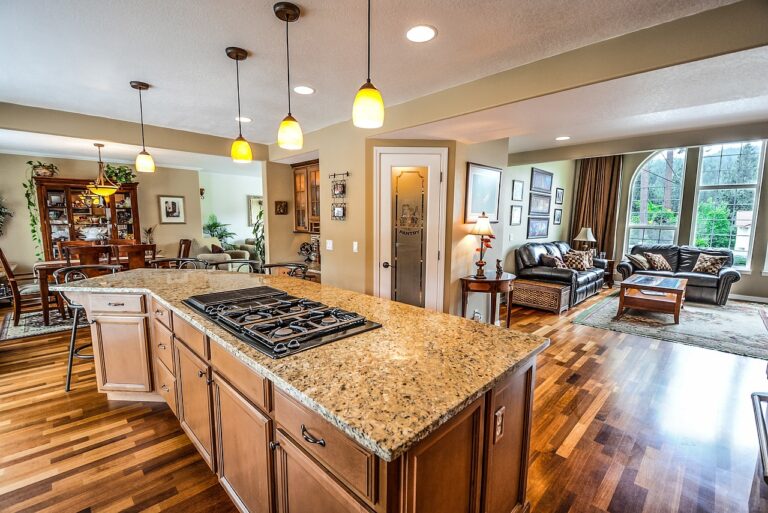DIY Vertical Herb Gardens: Growing Fresh Herbs in Small Spaces
Vertical herb gardens are a delightful way to cultivate fresh herbs right at your fingertips. To get started on this rewarding project, gather the essential materials required. First and foremost, you will need a sturdy vertical garden structure such as a hanging planter, wall-mounted pocket organizer, or a custom-built wooden frame with shelves. These structures provide the necessary support for your herbs to grow vertically.
Additionally, ensure you have high-quality potting soil with good drainage capabilities. Select containers or pots that fit securely within your chosen vertical structure and are large enough to accommodate the root systems of the herbs you intend to grow. Finally, gather your chosen herb seeds or seedlings, water-resistant labels for identification, a watering can or hose for regular hydration, and a small hand trowel for planting. With these materials in place, you are ready to embark on your vertical herb gardening journey.
Choosing the Right Herbs for Vertical Growth
When selecting herbs for vertical growth, it’s important to consider the specific needs of each plant. Some herbs, like basil and mint, thrive in sunny environments with well-draining soil, while others such as parsley and chives prefer partial shade. By understanding the preferences of each herb, you can create a vertical garden that promotes their growth and vitality.
Additionally, it’s beneficial to choose herbs that complement each other both in terms of care requirements and aesthetics. Consider grouping together herbs with similar watering needs to simplify maintenance. For example, pairing rosemary and thyme, which both prefer drier conditions, can make it easier to monitor and adjust watering schedules accordingly. Creating a harmonious mix of herbs will not only enhance the visual appeal of your vertical garden but also foster a thriving herb ecosystem.
Selecting the Best Location for Your Vertical Herb Garden
When choosing the best location for your vertical herb garden, it’s essential to consider the amount of sunlight the area receives. Most herbs require at least 6 hours of sunlight per day to thrive, so selecting a spot that gets adequate sunlight is crucial for the health and growth of your herbs. Be sure to observe the area throughout the day to determine the best spot for your vertical herb garden.
In addition to sunlight, it’s important to consider the accessibility of the location you choose for your vertical herb garden. Select a spot that is easy to reach for watering, pruning, and harvesting your herbs. Keep in mind that herbs grown in vertical gardens may require more frequent watering, so choosing a location that is convenient to access will make maintenance tasks easier and help ensure the success of your herb garden.
What materials do I need to create a vertical herb garden?
To create a vertical herb garden, you will need pots or containers, potting soil, herbs of your choice, a vertical garden structure (such as a wall-mounted planter or a freestanding vertical garden), and a watering system.
How do I choose the right herbs for vertical growth?
When selecting herbs for vertical growth, consider the size of the plant and its growing habits. Herbs that have a compact growth habit and do not require a lot of space to spread out are ideal for vertical gardens. Some good options include basil, thyme, mint, and parsley.
How do I select the best location for my vertical herb garden?
When choosing a location for your vertical herb garden, consider factors such as sunlight exposure, access to water, and ease of maintenance. Select a spot that receives at least 6-8 hours of sunlight per day, is easily accessible for watering, and is close to your kitchen for easy harvesting.







